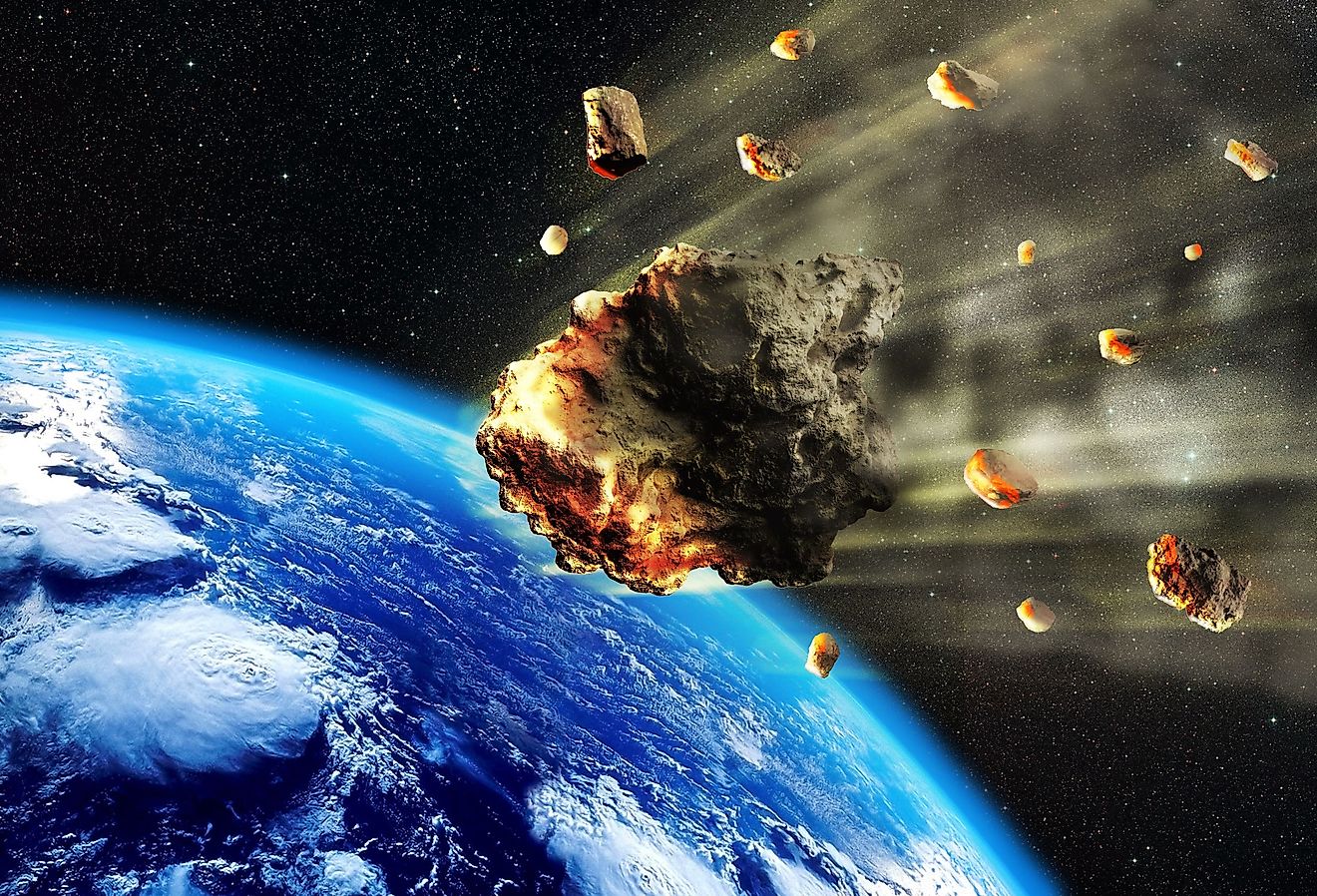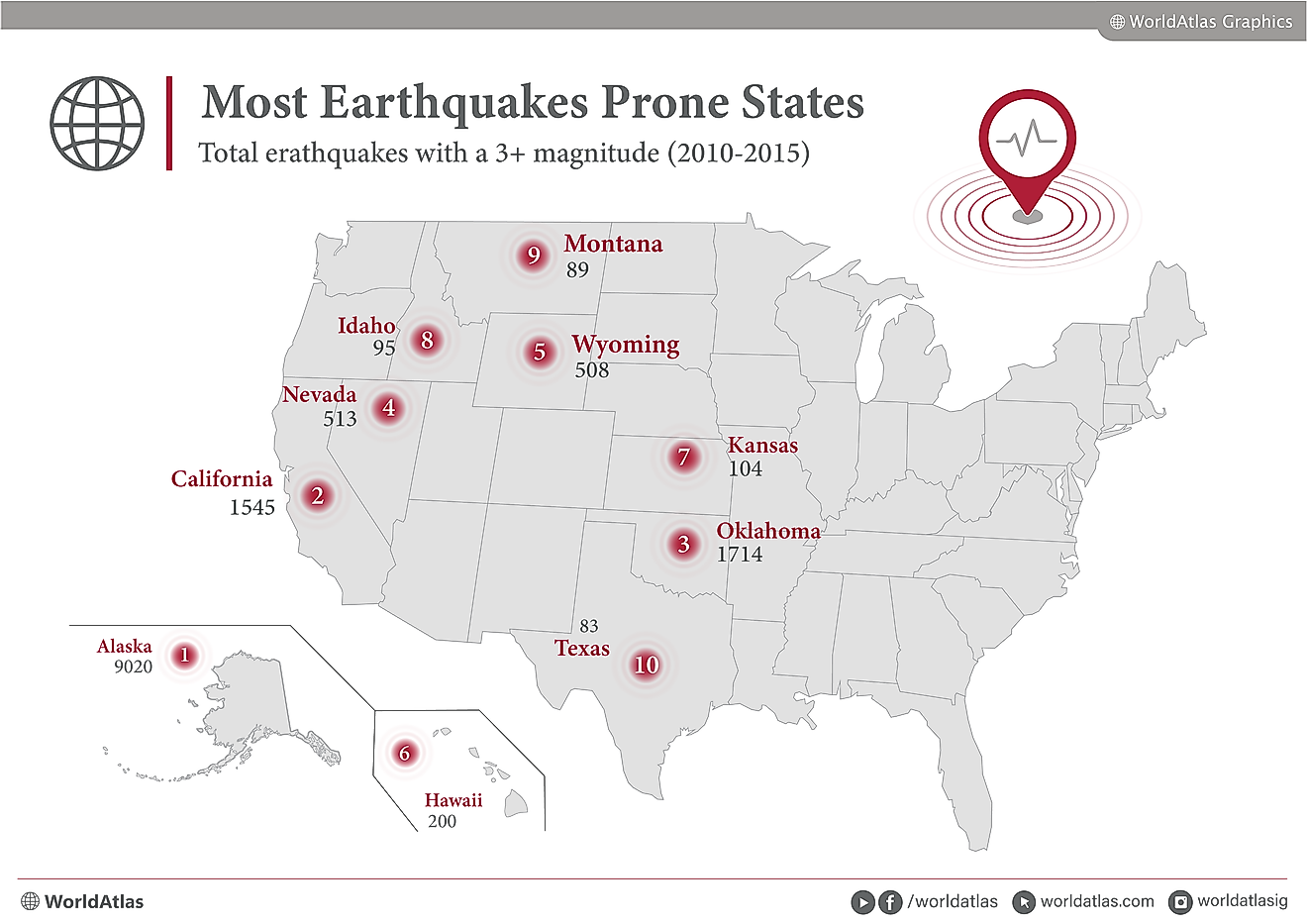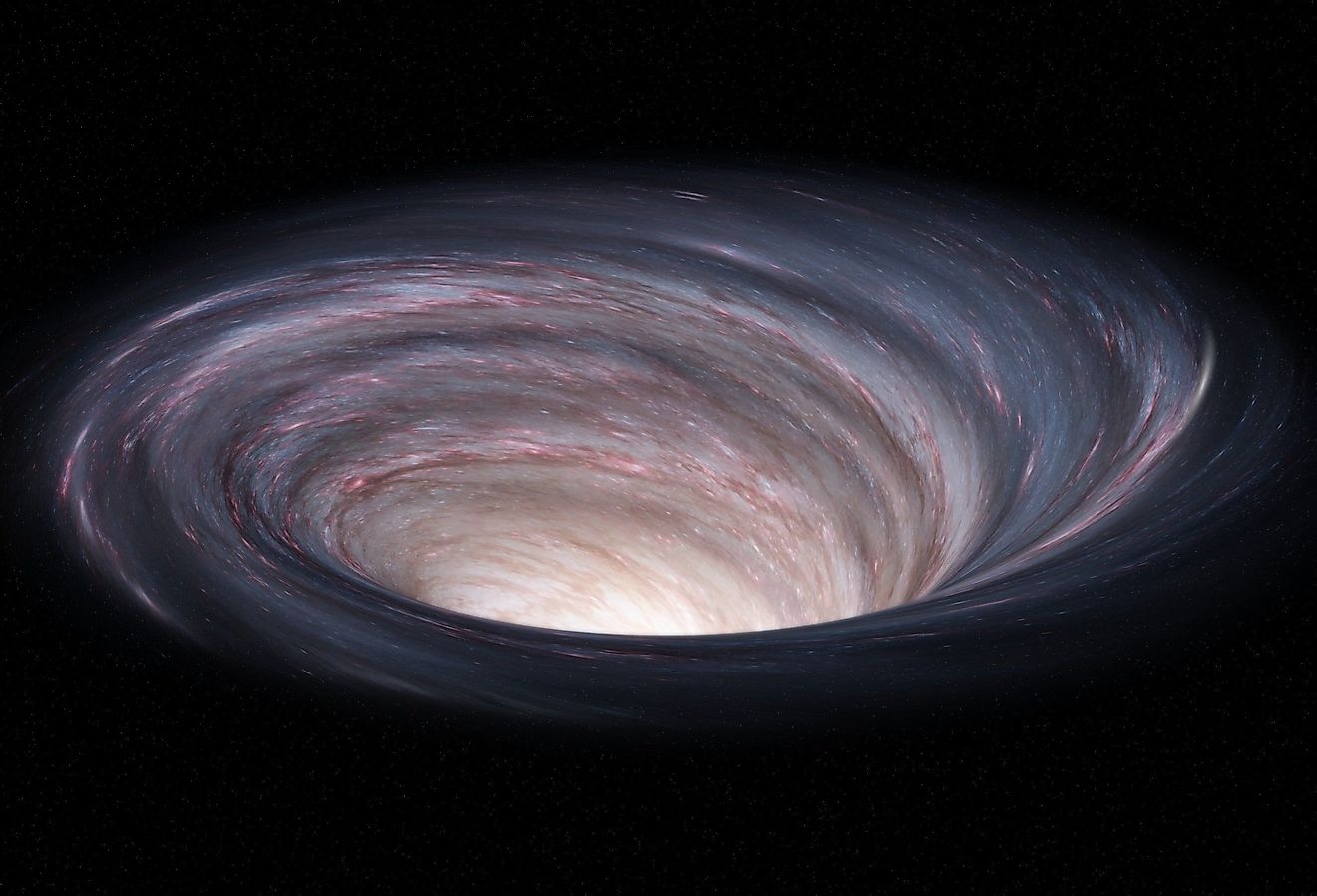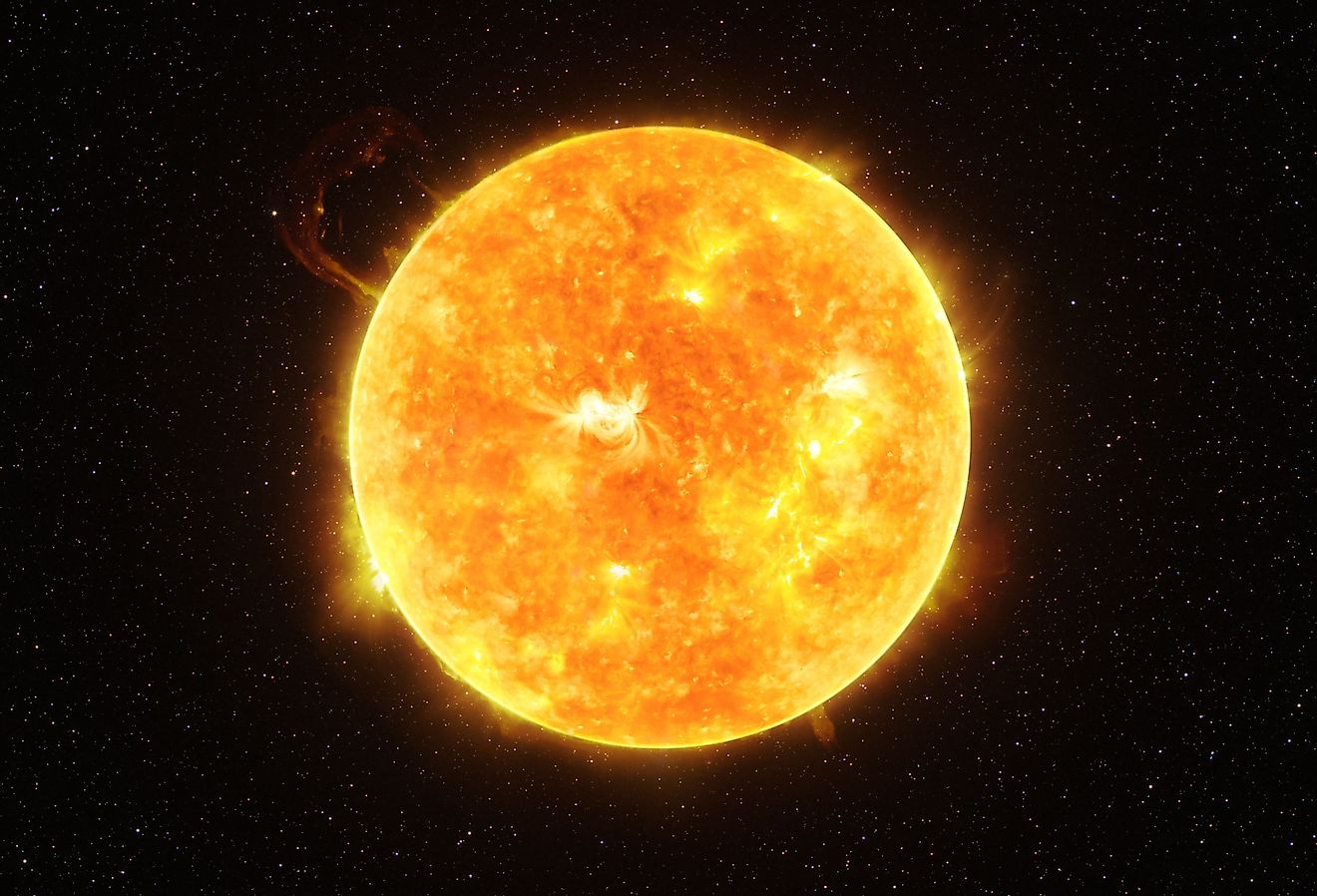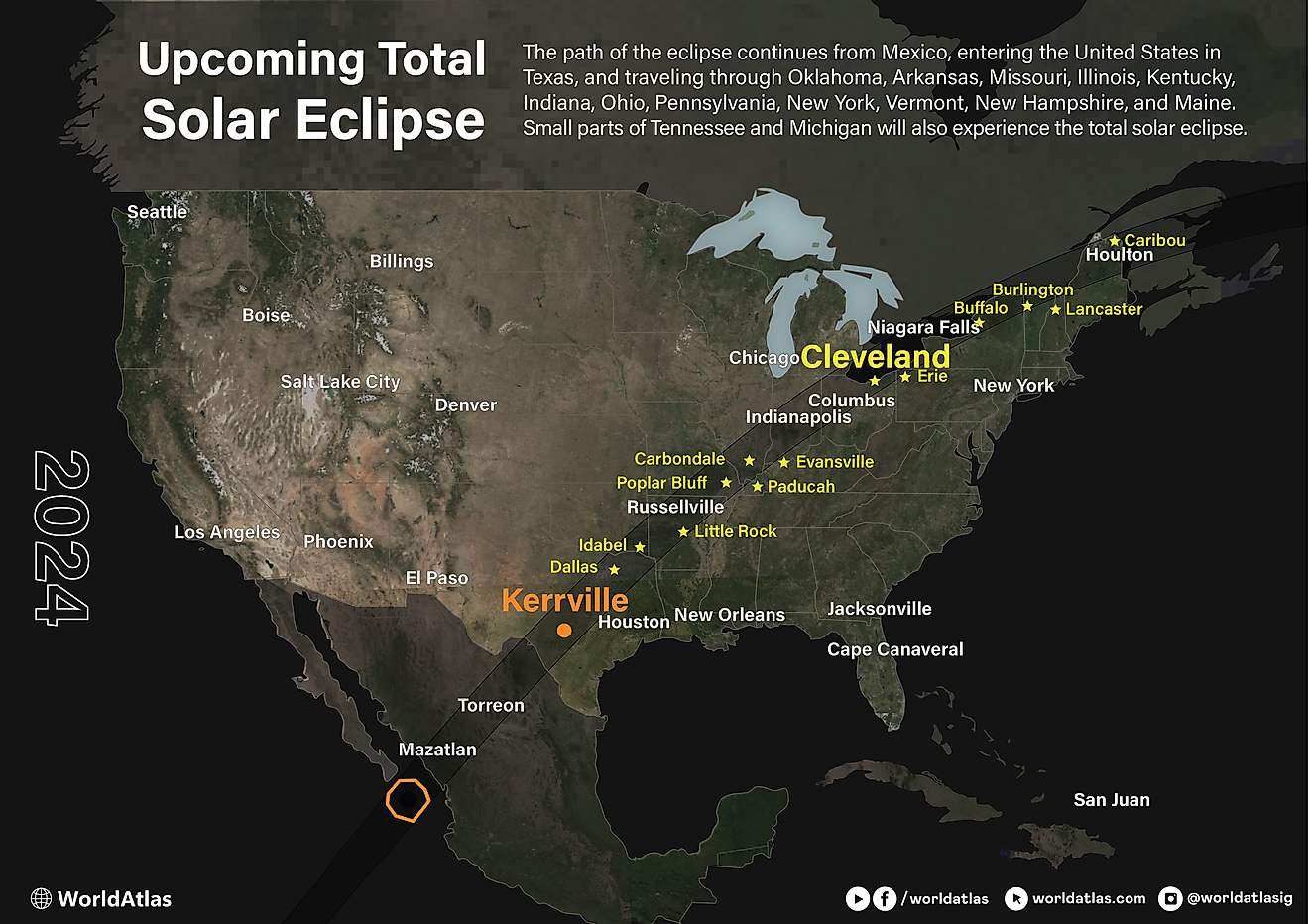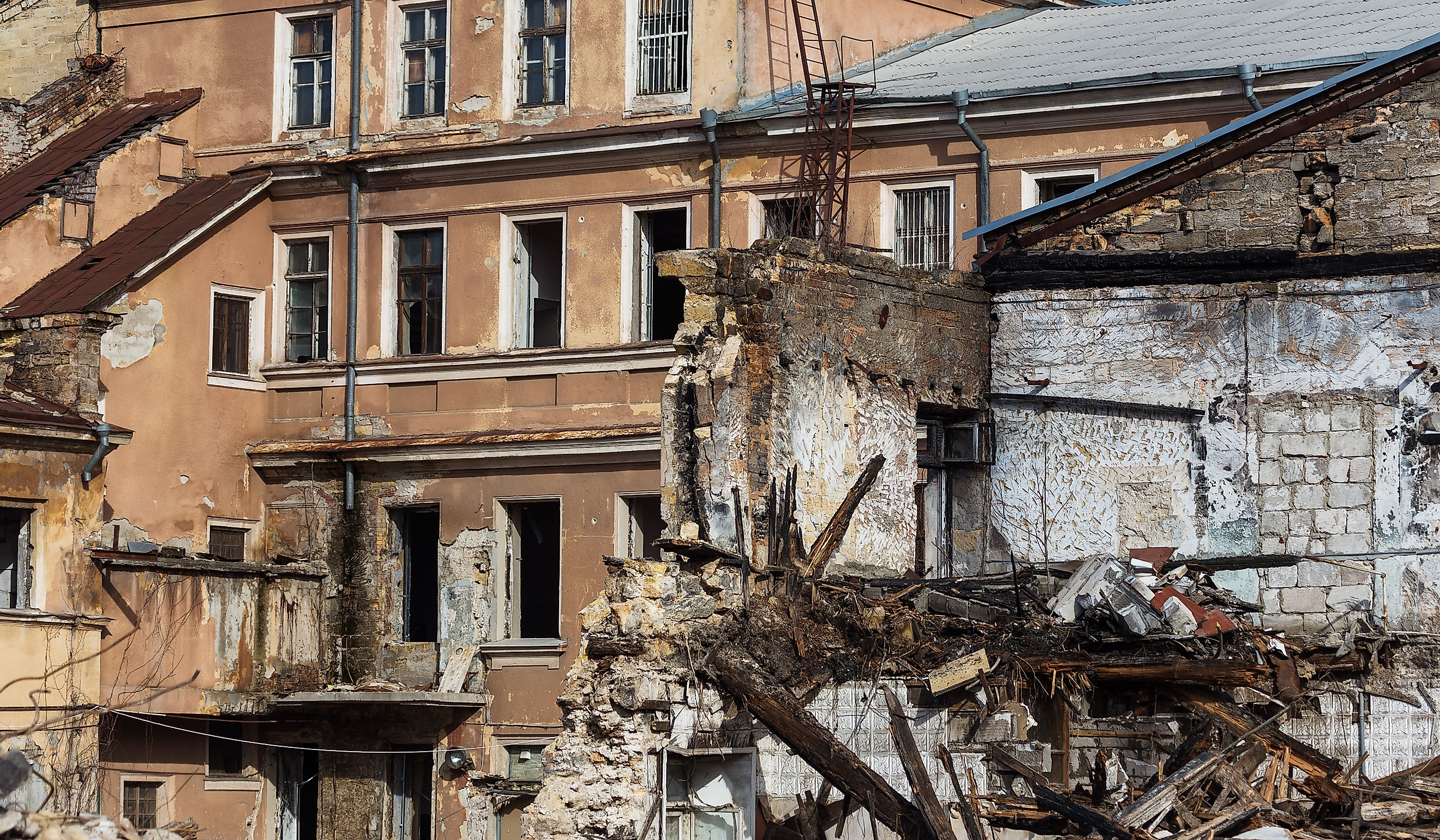
How Are Earthquakes Measured Using The Richter Scale?
The seismic waves or vibrations that earthquakes produce vary in severity, with some even destroying human settlements or causing tsunamis. To study these vibrations, scientists measure their intensity levels by utilizing seismographs. Seismographs record an up-and-down wave pattern indicating seismic activity in the ground under the equipment. Some of the most advanced seismographs can record seismic activity that occurs at any location around the world. To measure the magnitude of the earthquake recorded on the seismograph, scientists sometimes use the Richter Scale.
The Richter Scale uses a base-10 logarithmic formula that determines earthquake intensity by measuring the amplitude of the earthquake’s largest wave. It does not consider factors such as earthquake duration or wave amplitude averages. Read on to discover the different categories of the Richter Scale as well as learn about alternative measurements that scientists and seismologists are using today.
Richter Scale Magnitude Levels
| Magnitude | Description | Mercalli intensity | Average frequency of occurrence (estimated) |
|---|---|---|---|
|
1.0-1.9 |
I |
Continual/several million per year |
|
|
2.0-2.9 |
II |
Over one million per year |
|
|
3.0-3.9 |
III |
100,000 per year |
|
|
4.0-4.9 |
IV to V |
10,000 per year |
|
|
5.0-5.9 |
VI |
1,000 per year |
|
|
6.0-6.9 |
VII to VIII |
100 per year |
|
|
7.0-7.9 |
IX to X |
10 per year |
|
|
8.0-8.9 |
X or greater |
One per year |
|
|
9.0 and greater |
X or greater |
One per 10 years |
The Richter Scale measures earthquakes in seven different categories: micro, minor, light, moderate, strong, major, and great. The Mercalli is an accompanying measurement, as it measures the earthquake’s physical impact and observed effects. Below is a look at the description of each magnitude category.
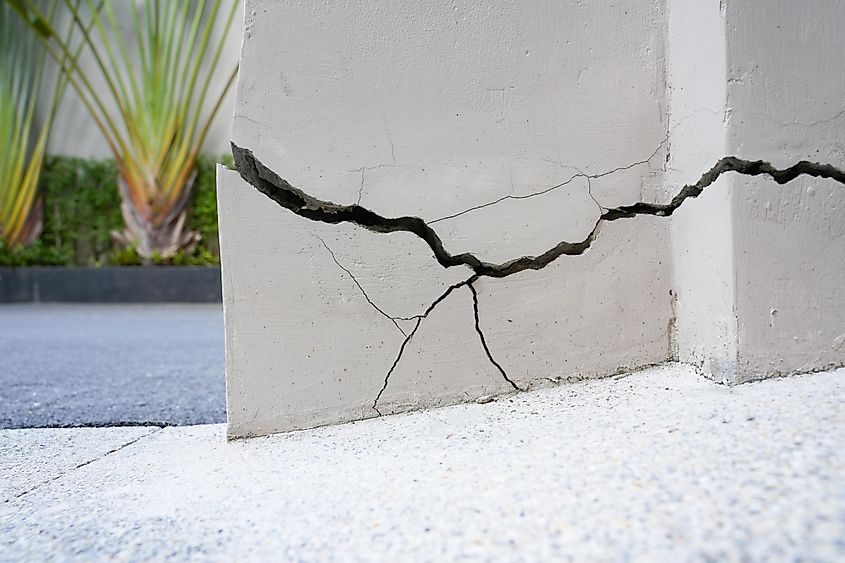
Micro Earthquakes
Micro earthquakes register between 1 and 1.9. This magnitude would be considered a I on the Mercalli intensity scale in terms of physical impact. These earthquakes are not noticed by the general population, although slight movement is recorded by seismographs. Researchers report that this type of seismic activity is constant with several million micro earthquakes occurring annually.
Minor Earthquakes
Minor earthquakes are measured between 2 and 3.9 on the magnitude scale. On the Mercalli intensity scale, this can be anywhere from a II to a III. These earthquakes may be felt by some individuals sensitive to movement, though not by the majority of the population. They are not known to cause damage to buildings or other infrastructure systems. Researchers report that seismic activity between 2 and 2.9 occurs at a rate of more than 1 million times per year. Earthquakes between 3 and 3.9 occur just over 100,000 times a year.
Light Earthquakes
Light earthquakes are measured between 4 and 4.9 on the magnitude scale, which is anywhere from a IV to a V on the Mercalli intensity scale. These earthquakes result in noticeable shaking throughout homes and buildings, with objects rattling and sometimes falling off shelves and walls. Most people can feel this seismic activity, particularly if they are indoors. Some individuals report feeling light earthquakes while outside. These earthquakes do not cause very significant damage. Researchers report that light earthquakes happen on average around 10,000 times a year.
Moderate Earthquakes
Moderate earthquakes are measured between 5 and 5.9 on the Richter Scale and as a VI on the Mercalli intensity scale. These earthquakes are felt by people both inside and outside of buildings. They can potentially cause damage, particularly to weak or poorly built infrastructure. Moderate earthquakes occur approximately 1,000 times a year.
Strong Earthquakes
Strong earthquakes are registered between 6 and 6.9, which is either a VII or VIII on the Mercalli intensity scale. These earthquakes are known to cause damage to properly constructed buildings, including some that are considered earthquake-resistant. These earthquakes may be felt hundreds of miles from the epicenter, with violent vibrations close to the earthquake's center. Researchers report strong earthquakes around 100 times annually.
Major Earthquakes
Major earthquakes are registered between 7 and 7.9. These earthquakes will cause significant damage to the majority of buildings and even collapse some. These earthquakes can be detected by seismologists all over the world. Researchers report major earthquakes happening rarely, around 10 times per year.
Great Earthquakes
Great earthquakes are those between 8 and above. These earthquakes are generally very devastating and will destroy most buildings and infrastructure systems including roadways and bridges. The shaking and vibrations will cause damage across wide regions. Those above 9.0 have been known to cause topographic changes as well. Earthquakes between 8 and 8.9 happen once a year. Earthquakes at 9 or above are extremely rare and happen only once approximately every 10 years.
Richter Scale History and Use Today
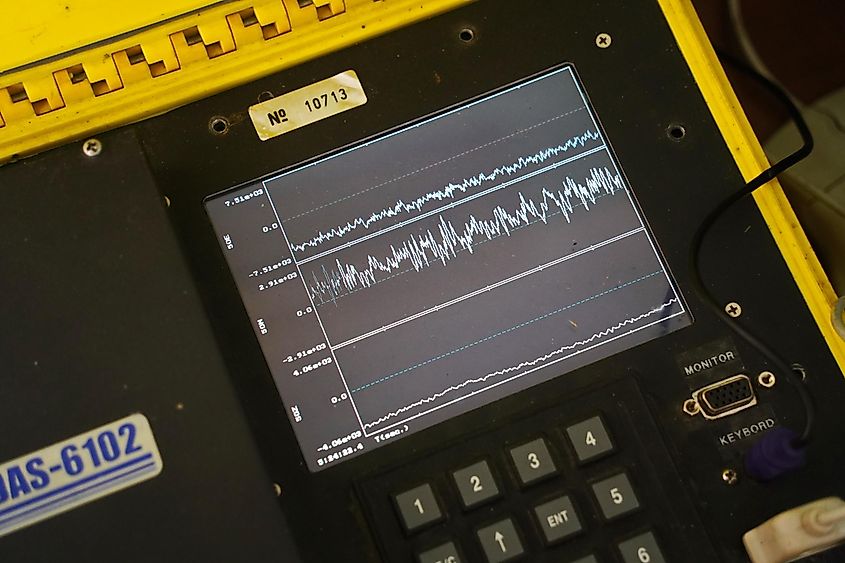
Seismologists Charles Richter and Beno Gutenberg developed the Richter Scale in 1935 in order to create a standard scale to measure seismic activity. Richter and Gutenberg largely based the model on the Mercalli Intensity Scale, a previous earthquake model that was less accurate and based on the observed effects of an earthquake. While the Richter Scale revolutionized seismic activity measurements by creating a quantitative and precise scale, it has some gaps that seismologists have criticized in recent years. For example, Richter and Gutenberg created the scale based on medium-sized earthquakes in California. California earthquakes, however, do not necessarily represent seismic activity worldwide and the scale may not accurately represent larger magnitude earthquakes. Additionally, the Richter Scale cannot calculate the total released energy of an earthquake or effectively describe the damage created. Because of these gaps in its effectiveness, many scientists have moved towards using the Moment Magnitude Scale, which more reliably estimates earthquake size, specifically in the case of very large earthquakes.
Reflecting on the past, it is clear that the Richter Scale served as a big milestone in understanding and measuring seismic activity. Looking ahead, advancements in technology and scientific understanding will likely shape the future of earthquake measurement. As scientists continue to study earthquakes worldwide, scales will likely continue to be refined to capture the diverse range of seismic events better, prompting a more comprehensive understanding of these natural phenomena. With further advancements, we can hopefully develop more effective strategies to mitigate damage and protect communities from the impact of earthquakes.
